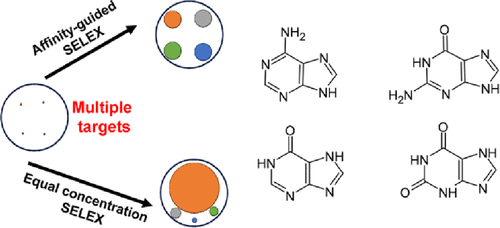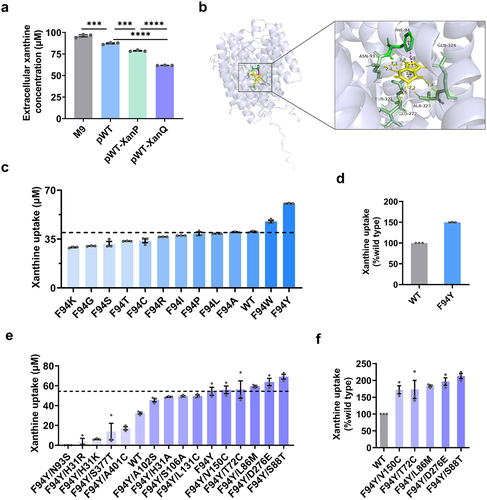Is xanthine a bronchodilator? What foods contain xanthine?
Release time: May 4, 2025
Have you ever wondered why your morning coffee perks you up or how chocolate can feel so energizing? The answer lies in a tiny molecule called xanthine, CAS No. 69-89-6. Found in everything from tea leaves to your own body, xanthine is a fascinating compound with roles in metabolism, medicine, and even food freshness. But is it a bronchodilator? And which foods contain it? Let’s break it down.
What Is Xanthine?
Xanthine is a natural purine base, a building block of DNA and RNA. It’s also a middleman in your body’s process of breaking down purines, eventually turning into uric acid. But xanthine isn’t just a metabolic footnote—it’s the parent compound of some of your favorite stimulants:

-
Caffeine (in coffee and tea)
-
Theobromine (in chocolate)
-
Theophylline (in tea and asthma medications)
These derivatives are why xanthine has such a big impact on your energy levels and health.

Is Xanthine a Bronchodilator?
Short answer: Not directly, but its famous derivative theophylline is.
Here’s the science:
-
Xanthine itself has no bronchodilating effects. It’s like a raw material waiting to be transformed.
-
Theophylline, its 1,3-dimethyl derivative, is a classic bronchodilator used to treat asthma and COPD. It works by:
-
Relaxing airway muscles (via cAMP signaling).
-
Blocking inflammation-triggering adenosine receptors.
-
-
Caffeine (1,3,7-trimethylxanthine) has mild bronchodilator effects, but it’s far weaker than theophylline.
Fun fact: Early asthma treatments literally included coffee! Today, synthetic theophylline is preferred for its precision, though newer inhalers (like ICS/LABA combos) have largely replaced it due to safety concerns.
Xanthine in Your Diet: What Foods Contain It?
Xanthine and its derivatives are hiding in plain sight in these everyday foods and drinks:
-
Coffee & Tea: Packed with caffeine and traces of theophylline.
-
Chocolate/Cocoa: Rich in theobromine (a heart-friendly stimulant).
-
Kola Nuts: Used in cola drinks for their caffeine content.
-
Fish & Meat: As purines break down, xanthine forms—making it a marker for freshness (higher levels mean older fish).
-
Beer Yeast & Mushrooms: Natural purine sources that contribute to xanthine production.
Pro tip: If you’ve ever had gout, you might know purines are a culprit. Xanthine is part of that chain, but it’s uric acid—not xanthine—that causes joint pain.
Beyond the Buzz: Xanthine’s Medical and Scientific Roles
-
Cancer Research: Scientists are tweaking xanthine’s structure to design potential anti-cancer drugs.
-
Biosensors: Xanthine levels help monitor fish freshness and diagnose kidney disorders (like xanthinuria, a rare stone-forming condition).
-
Neurology: Caffeine’s blockade of adenosine receptors explains why it fights drowsiness.
The Summary
Xanthine is a quiet multitasker—powering your coffee, helping your lungs (via theophylline), and even aiding food safety checks. While it’s not a direct bronchodilator, its derivatives are vital in medicine and daily life. So next time you sip a latte or bite into dark chocolate, remember: you’re enjoying the work of a tiny but mighty molecule!
Food for thought: Want to avoid excess xanthine? Skip processed meats and limit high-purine foods if you’re gout-prone. For asthma, trust modern inhalers over coffee—but yes, that espresso might help in a pinch!
*References: ACS Chemical Biology (2024), Biosensors and Bioelectronics (2025), and other studies*
What is titanium dioxide used for? Should it be avoided?
Titanium dioxide (TiO₂, CAS No. 13463-67-7) is a white, powdery substance found everywhere—from your sunscreen to your toothpaste, and even in some foods. But is it safe? Let’s break down its uses and the controversies surrounding it.
Can I get tirzepatide for weight loss? What are the drawbacks of tirzepatide?
If you’ve been following the latest buzz in weight loss medications, you’ve probably heard of tirzepatide (brand names: Mounjaro for diabetes, Zepbound for weight loss). This once-weekly injection has been hailed as a game-changer for obesity treatment—but how does it work, who can use it, and what are the downsides? Let’s break it down.
Bpc 157
CAS number:137525-51-0
Ergothioneine
CAS number:497-30-3
Potassium chloride
CAS number:7447-40-7
Isophorone
CAS number:78-59-1
TITANIUM DIOXIDE (TIO2)
CAS number:13463-67-7
Formaldehyde
CAS number:50-00-0
Contact Us
We supply all kinds of reagents and raw materials, focus on research and development, and integrate chemical synthesis, purification technology and small-scale, pilot and mass production supply chain construction.Email:net.fei@163.com
